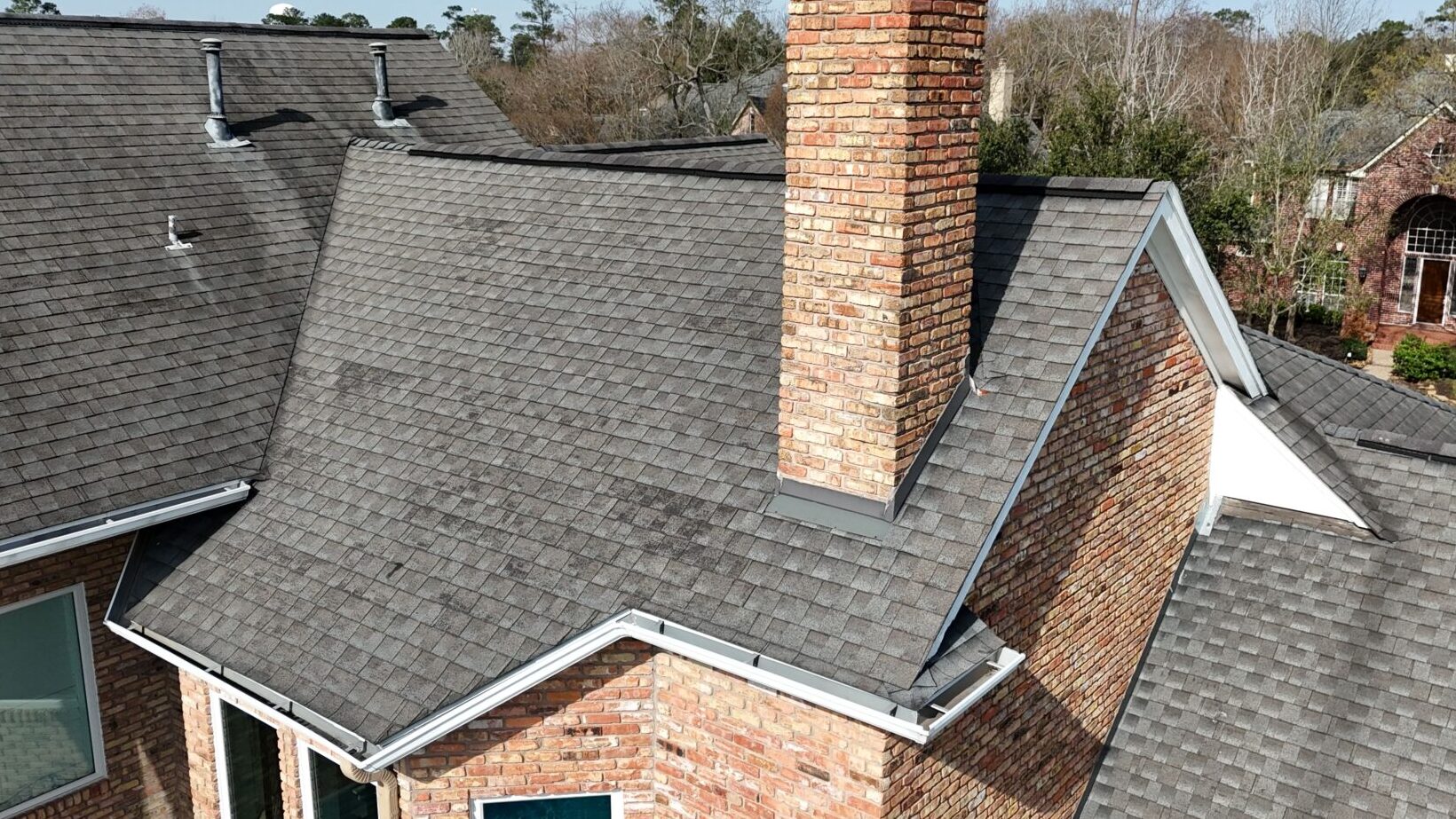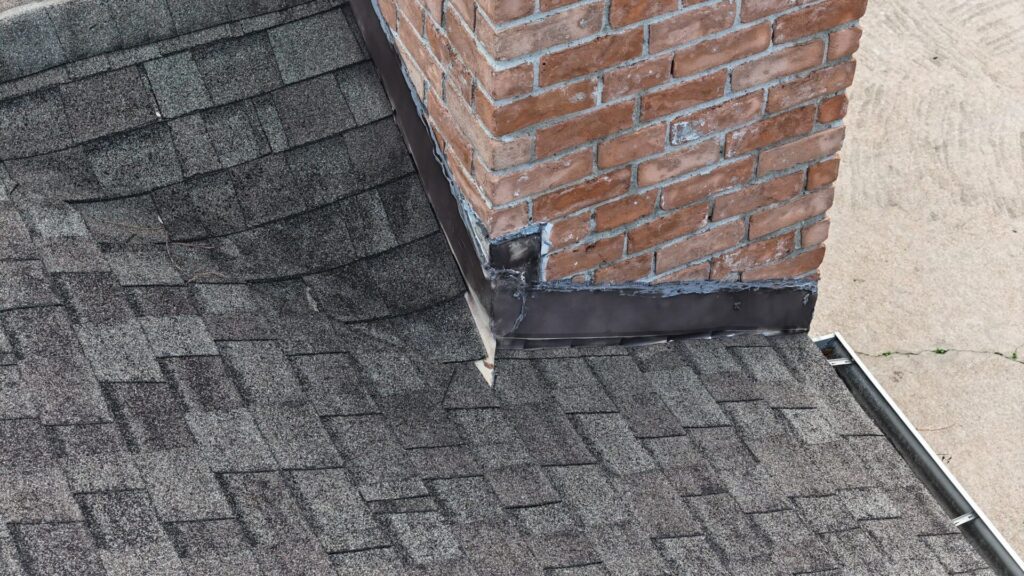Did you know that small roof damage can cause major leaks if ignored?
Your roof is the first line of defense against the elements. Knowing if your roof has any damage now can save you money and headaches in the future.
Here are Some Signs of Roof Damage to Look Out For:
1. Missing or Damaged Shingles
Depending on your home, missing or damaged shingles are often the hardest things to spot on a roof. Shingles help protect your home from water or moisture entering your home. Without this defense, this can cause mold, rot, and even structural damage. Strong winds, hail storms, heavy rainstorms, hurricanes, and high heat often damage shingles. As a precaution, after a big storm, check for blown off shingles in your yard or obvious signs of damage from the ground.
2. Granules in Gutters
It is common for shingles to lose granules over time but excessive granule loss that is noticeable could be a sign of aging, deterioration, or wind damage. Shingles with granular loss have reduced weather resistance, increased risk of leaks, shortened lifespan, and leaves your roof looking dull and worn. Lookout for a significant amount of granules in your gutters and downspouts.

3. Water Stains on Ceilings or Walls
Water damage on ceilings or walls are common signs of a roof leak. If you see “bubbles” in your walls or ceiling, discoloration, water stains, mold, warped walls, or have a musty smell in your home, water may be seeping through your roof. Inspecting your attic could be your first step to finding the root of the issue, be sure to check for damp insulation or visible leaks.
4. Flashing Damage Around Chimneys & Vents
Flashing around chimneys, vents, and skylights helps prevent leaks. If flashing is cracked, loose, or missing, it leaves your roof susceptible to water infiltration. This is a very minor repair that can be detected early with routine roof inspections and maintenance.


5. Sagging Roof or Soft Spots
A sagging roofline is a major red flag that something is structurally wrong. This could be due to water damage, rot, weakened supports or even pests. If you notice any areas that appear to be sagging, it is important to call a professional immediately. If a sagging roof is ignored for too long, it may lead to the entire roof collapsing. A roof contractor will be able to properly assess the problem and walk you through the process of making your roof safe again.

Why Early Detection of Roof Damage Matters
Catching roof damage early can save you thousands in repair costs and extend the lifespan of your roof. Regular inspections, especially after storms or extreme weather, can help you address minor issues before they become major problems.
If you spot any of these warning signs, don’t wait until it’s too late—schedule a professional roof inspection to ensure your home stays protected year-round!
